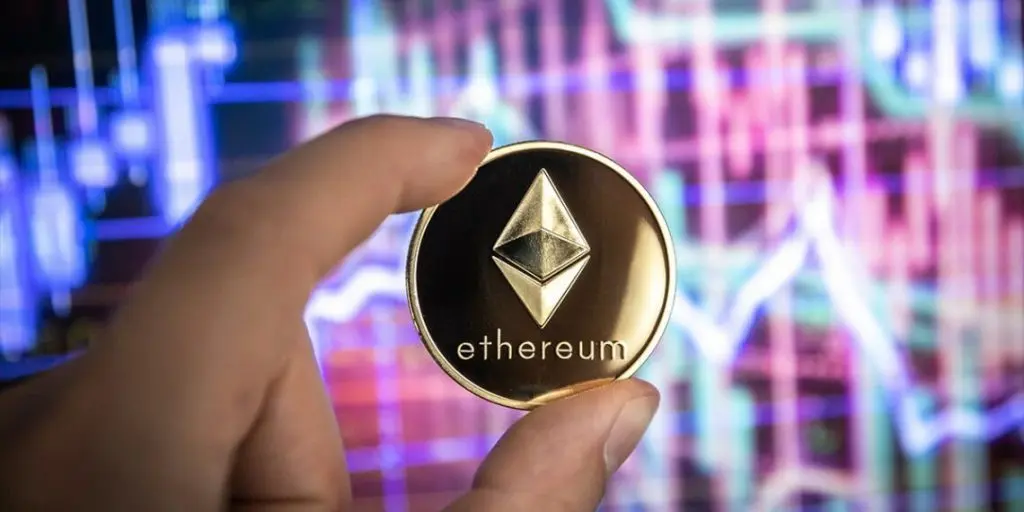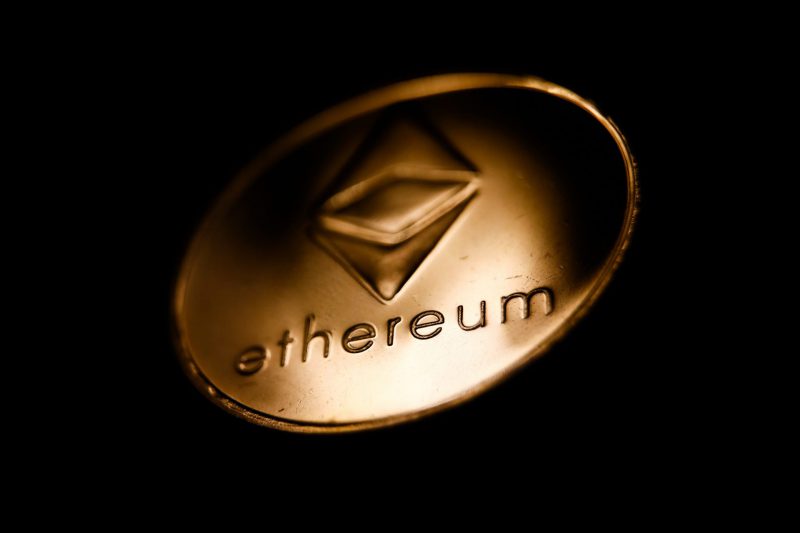The Ethereum network has made the switch from proof-of-work mining to proof-of-stake mining. The transition was completed successfully on September 15, 2022. Additionally, the blockchain went through some major changes as validators replaced miners.
Recently, the much-awaited Shapella upgrade went live, allowing these speakers to withdraw their staked Ethereum 2.0. Additionally, with numerous developments on the Ethereum blockchain, let us learn about ETH a bit more.
Also read: How to Get a New Bitcoin Address on Cash App?

Ethereum in a nutshell
Vitalik Buterin built the decentralized blockchain platform Ethereum in 2015, along with the Ethereum Foundation, to support the development and execution of smart contracts and decentralized applications (dApps). Additionally, it has developed to become one of the biggest and most popular cryptocurrencies in the world. Ethereum is distinguished from Bitcoin by its programmability.
The blockchain has grown to accommodate a wide range of applications. Developers on the ETH network can design decentralized applications by using smart contracts, which are self-executing contracts with predefined rules. Additionally, over time, ETH has grown to be the second-largest cryptocurrency in the world.
Also read: How to Add MidJourney to my Discord Server?

Ethereum Cancun upgrade explained
The upcoming Cancun upgrade for the Ethereum blockchain represents a major milestone focused on boosting scalability and security.
Also dubbed the “Dencun” upgrade, Cancun will introduce 5 Ethereum Improvement Proposals (EIPs) designed to increase network throughput and reduce transaction costs.
At its core, Cancun looks to improve the network’s transactions per second (TPS) to support more usage while retaining decentralization. This aligns with the “Surge” phase of Ethereum’s phased roadmap.
Key changes include EIP-4844 which enhances data availability across Ethereum shards to scale the network. EIP-1153 aims to lower data storage costs to optimize block space usage.
Additionally, EIP-4788 exposes Beacon chain data to execution layers to strengthen bridges, while EIP-5656 adds a new memory copying instruction to enable more efficient data structures.
Also read: Will ETH Go Up?
Rounding out the upgrades, EIP-6780 alters the SELFDESTRUCT function to limit potential smart contract disruptions.
In total, the Cancun EIPs constitute foundational improvements to Ethereum’s technical capabilities and security primitives. Researchers tentatively target full implementation in October 2023.
By boosting throughput and reducing the viability of attacks, the upgrade promises to make the network an even more attractive ecosystem for developers and users over the long term.





